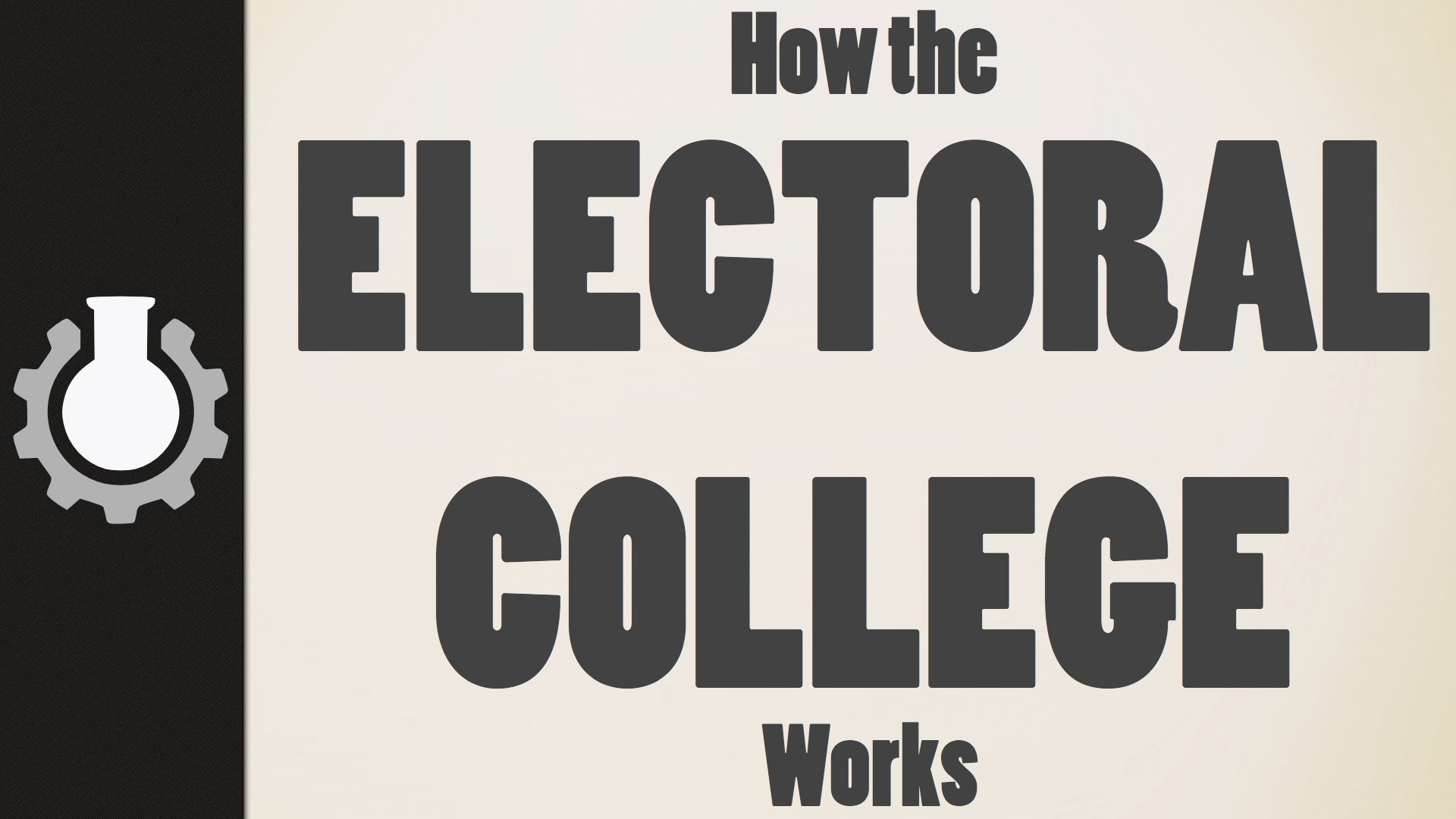
Anyone watching the United States’ presidential race needs to understand that national opinion polls do not provide an accurate picture of how the election might turn out. Thanks to America’s Electoral College, it’s not who wins the most votes nationwide that matters in the end, but who wins in which states.
Each state is awarded a certain number of votes in the Electoral College, depending on the size of its population. The candidate who crosses the threshold of 270 electoral votes wins the presidency.
In almost every state, a candidate who wins 50.1% of the popular vote is awarded 100% of its electoral votes. (Only Maine and Nebraska don’t follow the winner-take-all rule; they divide the Electoral College vote by congressional district.) As a result, the votes of millions of people who cast their ballot end up not counting. If you’re a Republican in New York or California, which are dominated by the Democrats, or a Democrat in Wyoming or Mississippi, which are reliably Republican, you can forget about your vote for president mattering.
One peculiar result of this peculiar system is that a candidate can win a majority of the national popular vote but lose in the Electoral College, by losing narrowly in populous states and winning in some smaller states. It doesn’t happen often, but whenever it does, the US goes through a paroxysm of hand-wringing over this seemingly undemocratic mechanism. In the most recent case, Al Gore won a majority of the popular vote in 2000, but George W. Bush won the presidency.
Due to the Electoral College, voters cast their ballots not for a candidate but for a slate of electors – party activists, including friends and allies of the contender – who will support their choice. The role of the electors is a brief formality; they meet in their state capitol and cast the vote. But we already know how it’s going to turn out, because the presidential election results are reported at the time in terms of who won each state.
At this point, the national vote count is meaningless. Congress convenes and “counts” the electoral votes; but this, too, is a mere formality. (The Bush-Gore contest was unusual in that it wasn’t settled until December 12, more than a month after the election, when the Supreme Court, in a partisan and highly controversial decision, voted 5-4 to end the recount in Florida, handing the presidency to Bush.)
Now, here’s where it can get convoluted, and possibilities for mischief arise: if no one wins 270 Electoral College votes, the election goes to the House of Representatives, where each state delegation casts a single vote, regardless of how many voters the delegation represents. Wyoming (population 585,000) and California (population 39 million) each get one vote. And the delegations aren’t bound to vote for the candidate who won the most votes in their state.
Then, after the House elects the president, the Senate picks the vice president, with each senator getting one vote. It’s theoretically possible that Congress could elect a president and vice president from different parties.
This labyrinthine system for choosing the president reflects the ambivalence of America’s founders about popular democracy. They were suspicious of the rabble – the public – having its way on the basis of misinformation or a lack of understanding of the issues. The United Kingdom’s vote in June to leave the European Union – against the advice of experts and allies – appears to validate this concern.
From the outset, America’s founders were aware of the dangers of government by plebiscite. Alexander Hamilton worried about giving power to the people because “they seldom judge or determine right.” Fearing “an excess of democracy,” they interposed institutional buffers between the popular will and government decisions. Until 1913, senators were chosen by state legislatures, not directly elected by the voters. And they gave us the Electoral College.
This system has an enormous impact on the actual campaign for the presidency, because it determines where the candidates spend their time and money. Only about ten states are considered “swing” states that could go for either party; the rest are considered “safe” states for one party or the other.
Of course, sometimes the political wisdom can be wrong and a state bounces out of its category. But these ten “battleground” states are the ones to watch for clues as to how the election will turn out. They are much more indicative of the final result than national polls.
For example, California and New York are so routinely Democratic that the only reason candidates turn up in either one is to raise money. By contrast, Ohio – the jewel in the crown of swing states, because tradition has it that no Republican can win the presidency without winning there – is well trodden by the candidates. The other states considered most important to victory for either side are Florida and Pennsylvania.



Expositores: Oscar Vidarte (PUCP) Fernando González Vigil (Universidad del Pacífico) Inscripciones aquí. Leer más
Una retrospectiva para entender los próximos cuatro años. Leer más
En la conferencia se hará una presentación de los temas más relevantes del proceso de negociación se llevó a cabo desde el 2012, así como del acuerdo de paz firmado entre el Gobierno colombiano y la guerrilla de las FARC a finales del 2016. Se analizarán los desafíos y las... Leer más
El Observatorio de las Relaciones Peruano-Norteamericanas (ORPN) de la Universidad del Pacífico es un programa encargado de analizar y difundir información relevante sobre la situación política, económica y social de Estados Unidos y analizar, desde una perspectiva multidisciplinaria, su efecto en las relaciones bilaterales con el Perú.
© 2025 Universidad del Pacífico - Departamento Académico de Humanidades. Todos los derechos reservados.

